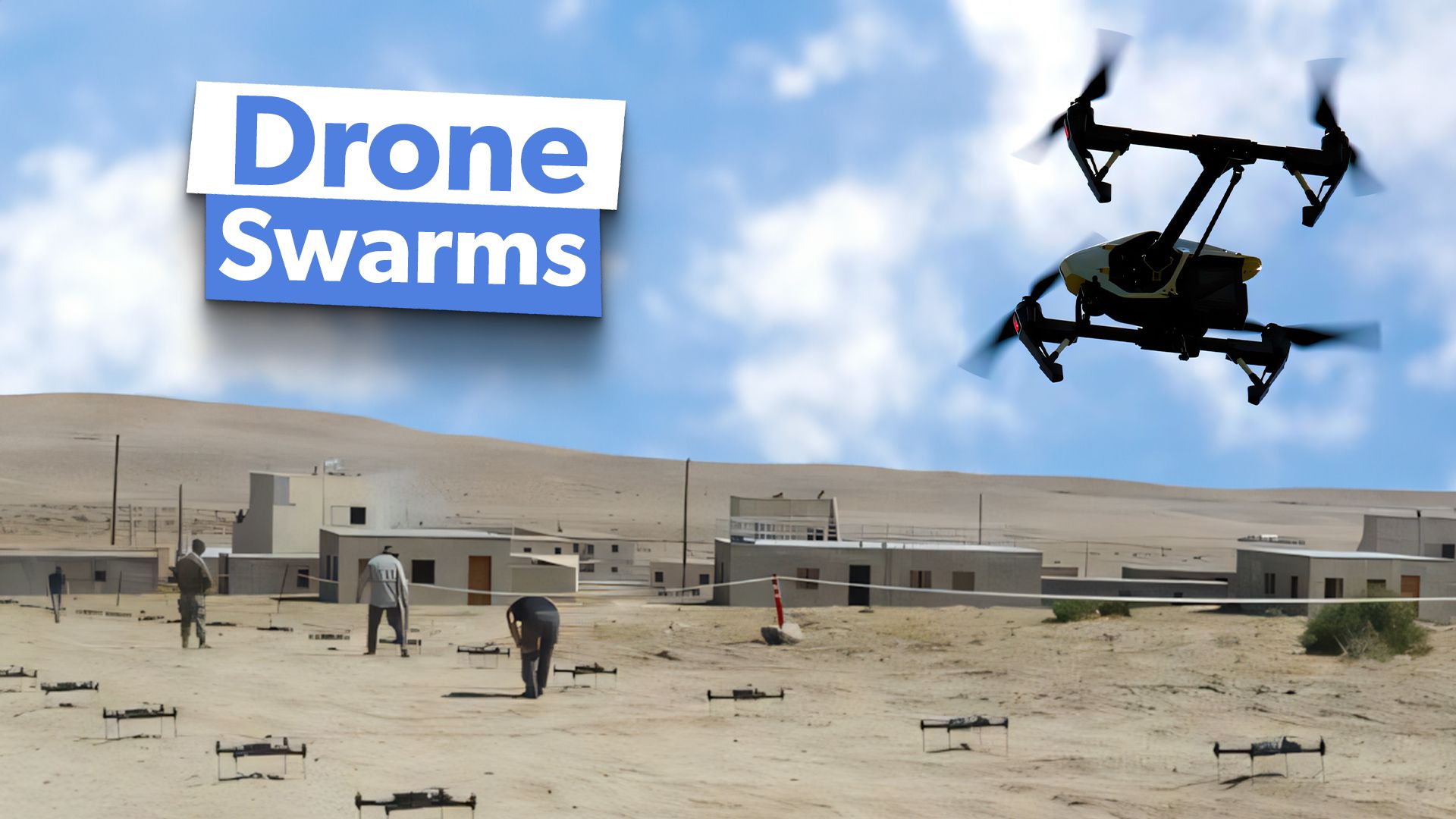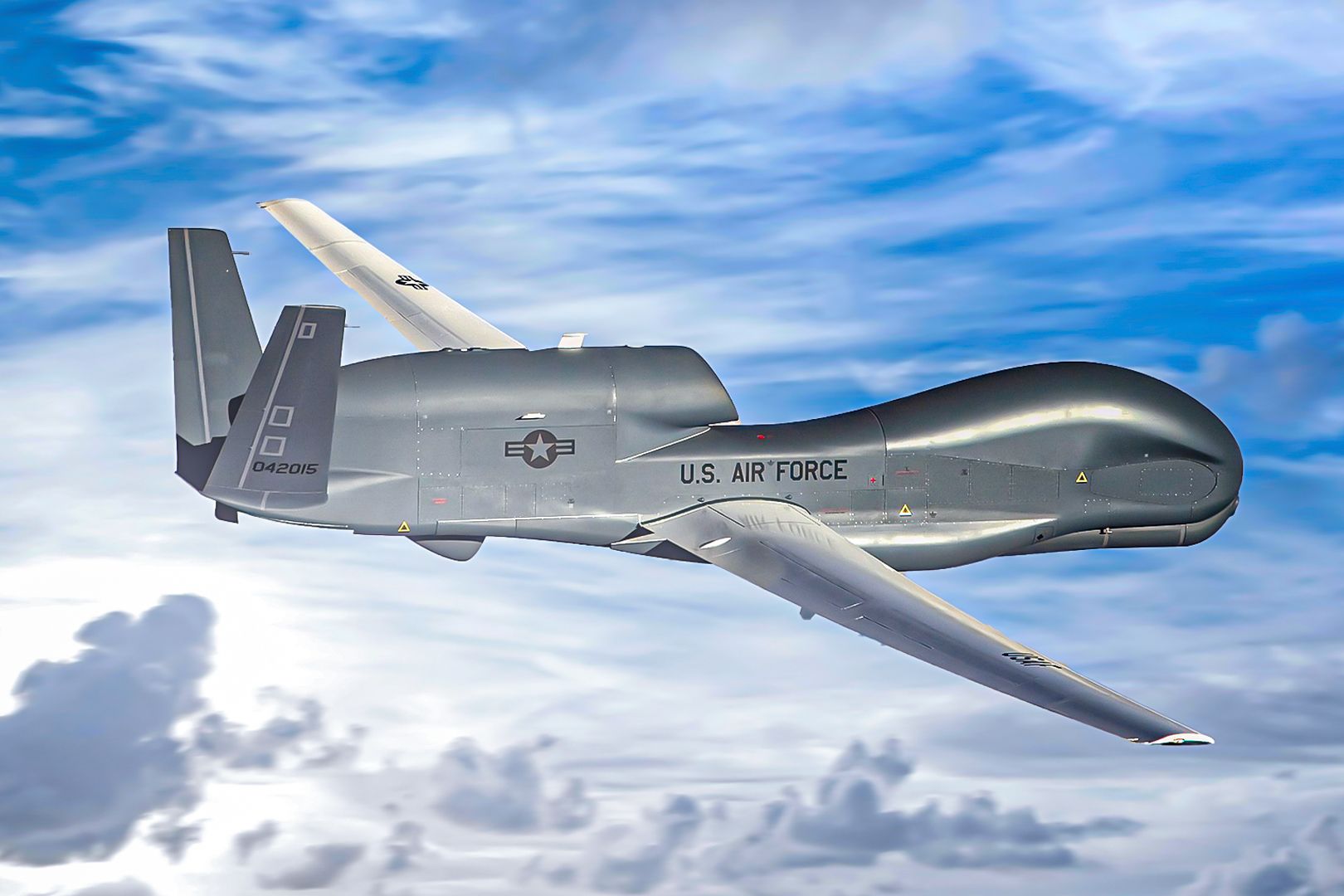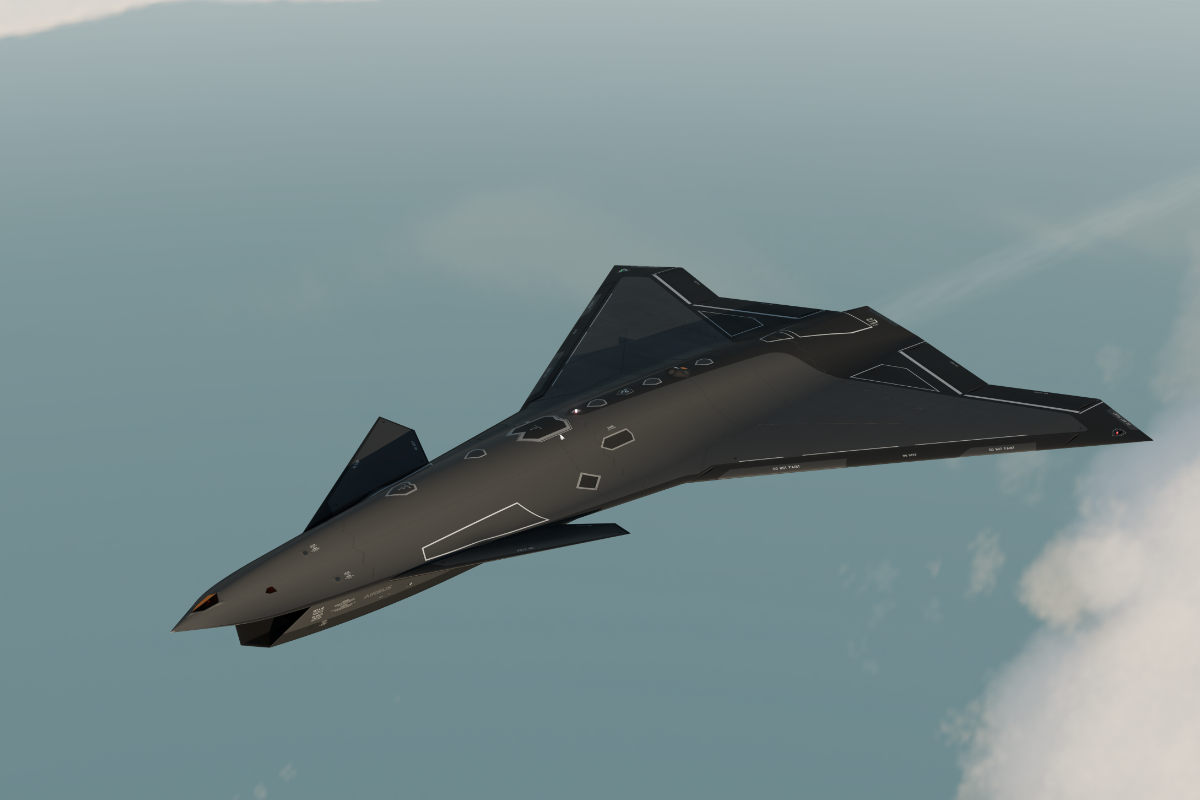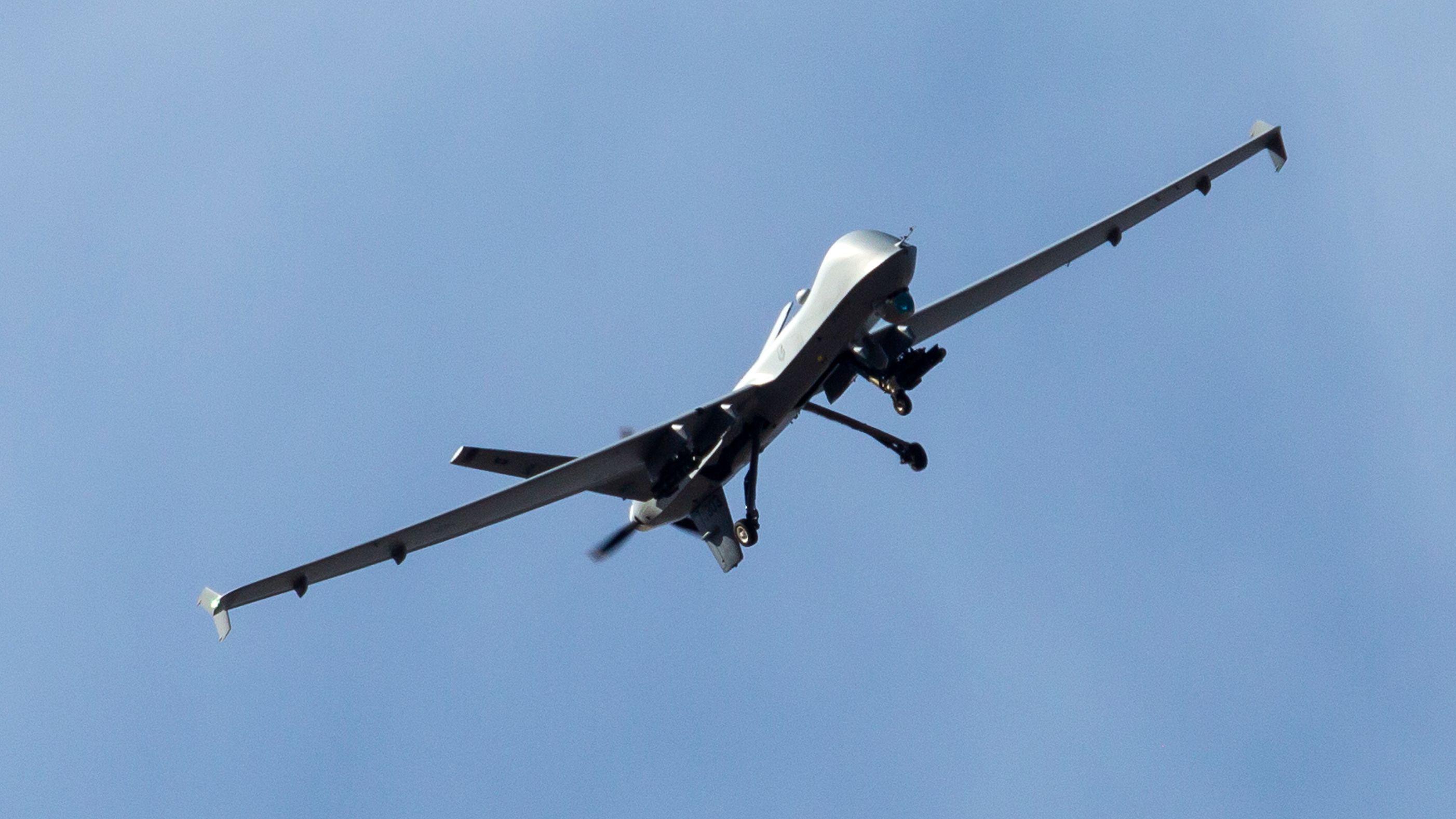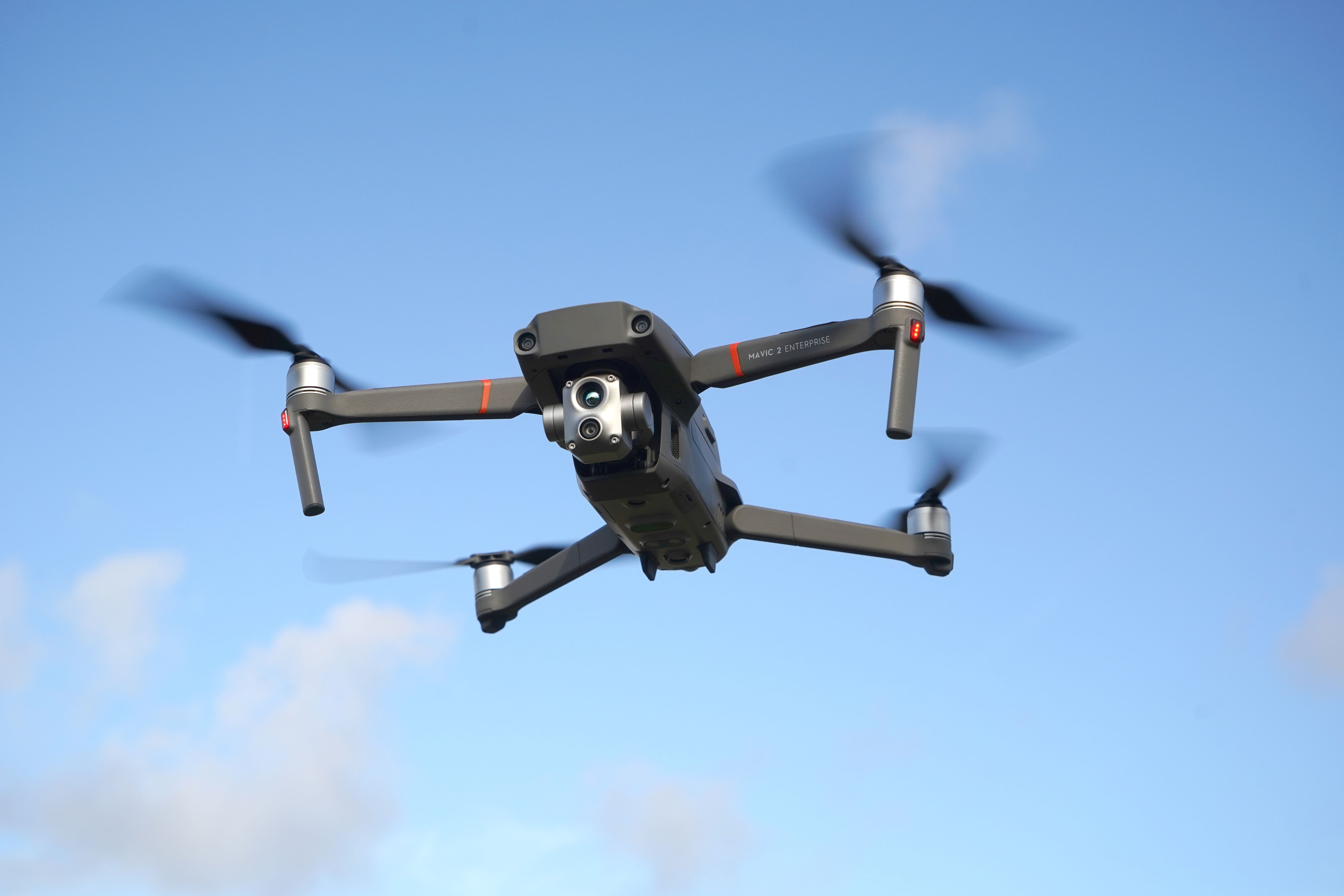Summary
- Fully autonomous drone swarms provide defense against varied threats.
- US air bases must focus on law, technology, and doctrine against drones.
- Use of autonomous weapons offers operational advantages during armed conflicts.
The United States Department of Defense faces a significant challenge in the use of small unmanned aerial vehicles (UAVs). These technologically advanced drones have created an environment that is unmanageable and almost threatening to national security. With such drones flying in any and every capacity today, the US air bases must defend against unauthorized and unsafe use of UAVs.
A growing challenge to national security
In recent years, the US Department of Defense (DoD) has acknowledged the changing nature of security challenges and emerging adversaries, including the use of small UAVs. Rapid technological advancements, artificial intelligence, robotics, and autonomous systems have increased concerns about the available defense mechanisms against emerging threats.
Photo: USAF
In an effort to maintain a forward military presence capable of deterring any physical or technological adversary while protecting homeland security, the US Air Force bases can tackle situations in three key areas, including law, technology, and doctrine.
Defending against the threats
Fully autonomous drone swarms can provide a much-needed defense mechanism against the changing warfare. Drone swarms can be used as a weapon of mass destruction (WMD), demonstrating high power and operational advantage over all kinds of adversaries.
Photo: Airbus
An originator of the DOD directives states the employment of autonomous systems in protecting against emerging threats by stating
“Deploying fully autonomous weapons would be a weighty risk, but it might be one that militaries decide is worth taking. Doing so would be entering uncharted waters. . . . Hostile actors are actively trying to undermine safe operations [in wartime]. And no humans would be present at the time of operation to intervene or correct problems.”
Autonomous weapons that work by making independent decisions, almost replacing human intervention behind the controls and otherwise. These rapidly deployable drone swarms can make intelligent decisions based on the surrounding circumstances and offer the best solution for interpreting the given circumstances.
China is busy making autonomous weapons that have completely eliminated the need for human intervention. These weapons make independent decisions and communicate among similar packages, allowing maximum feasibility and usability in critical conditions. The DoD has stated that drone swarms have significant advantages over traditional air defenses, as those can conduct surveillance against nuclear and other supportive capabilities.
Crises and armed conflicts
Autonomous weapons have the capability of providing operational advantages during armed conflicts. Whether it is a traditional conflict or hybrid warfare, such challenges enable US forces to establish strategic actions against uncontrolled escalations. While there are risks to employing autonomous drone swarms, such capabilities offer strategic defense mechanisms to ensure national security.
Law
- Many existing laws and federal regulations do not address UAS as a threat.
- Detecting, identifying, monitoring, and tracking unmanned aircraft without prior consent.
- “Disable, damage, or destroy” an unmanned aircraft system that poses a threat to a “covered facility or asset.”
- Detecting targets also requires distinguishing between hostile and friendly drones
Photo: BlueBarronPhoto | Shutterstock
According to the National Defense University Press,
“Many existing laws and federal regulations were not designed to address sUAS as threats, and the continued rate of technological change makes it difficult for the legal authorities to keep pace.”
Technology
- Focus on material solutions: Counter-UAS (C-UAS) research and development and C-UAS procurement.
- Other cutting-edge technology solutions to detect, track, identify, and defeat targets.
- The use of radar, electro-optic, infrared, and acoustic sensors.
- Detection of radio command signals to control the drone.
- Employing defeat mechanisms, including jamming, spoofing, guns, nets, directed energy, and standard air defense systems
- High-powered microwaves (HPM), which the U.S. Air Force and DOD are testing in operational settings.
- Advanced HPM weapons with smaller infrastructure footprints, such as the Leonidas system.
Photo: S.Galindo | Shutterstock
According to the National Defense University Press,
“In fiscal year (FY) 2021, DOD initially planned “to spend at least $404 million on counter-UAS (C-UAS) research and development and at least $83 million on C-UAS procurement. All military services pursue a variety of cutting-edge technology solutions to detect, track, identify, and defeat targets.”
Doctrine
- The effective employment of a counter-drone system.
- Planning for operations and management of the equipment.
- The US Military must assume a greater role in defending air bases from the drone swarm threats of the future.
- Targeting and mitigating adversaries in the air requires air defense, force protection, and airspace control.
According to the National Defense University Press,
“Doctrine must account for training the operators of future equipment that will function in all domains. Operating in the air domain requires personnel who are fully knowledgeable and proficient in air defense, force protection, and airspace control. Designing and resourcing a force structure that evolves in tandem with technology and equipment will more efficiently deter and counter advanced threats.”
